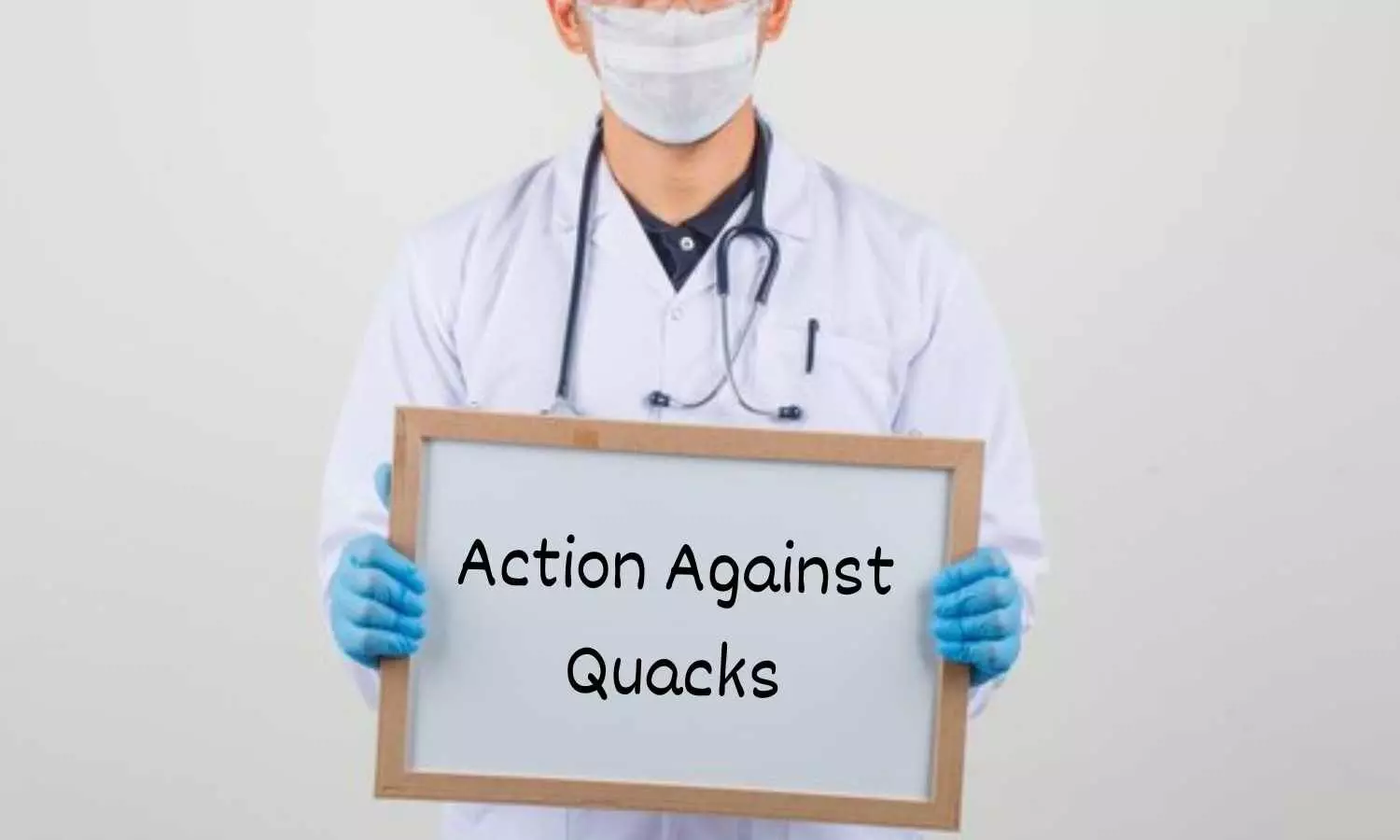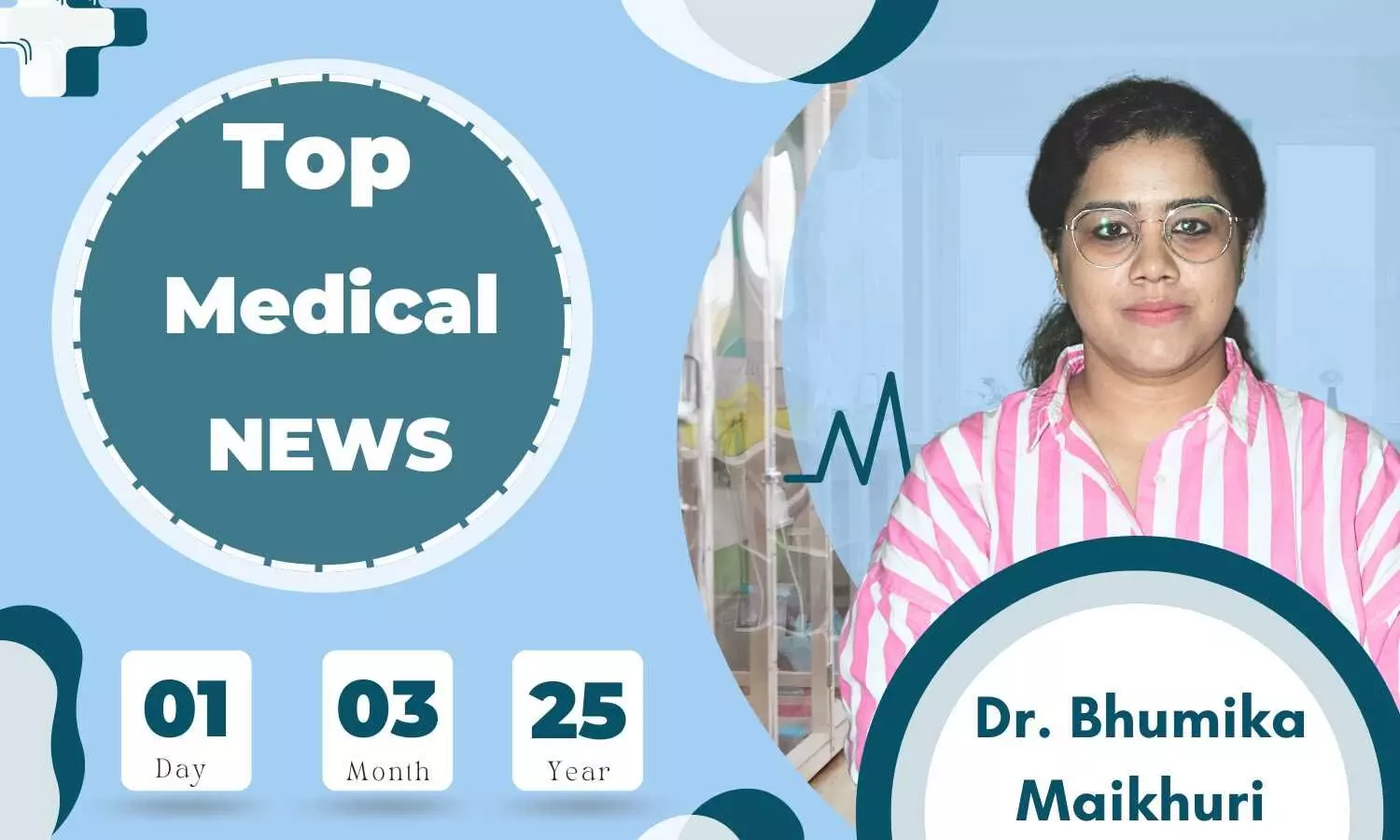Continuous Glucose Monitoring can Overestimating Your Blood Sugar Levels, Study finds
Continuous Glucose Monitors (CGMs) are growing in popularity but new peer-reviewed research, published in The American Journal of Clinical Nutrition, from the University of Bath, suggests they may not be as accurate as many believe. Originally designed to help people living with diabetes manage their blood sugar, these devices are now being used by the health-conscious to track how different foods affect their glucose levels.
The research measured blood sugar responses in healthy volunteers using two methods: a CGM and the gold standard finger-prick test.
The research aimed to assess the accuracy of CGMs in measuring responses to various fruit-based products, ranging from whole fruit to smoothies.
The results showed that when participants consumed a smoothie, the Abbott Freestyle Libre 2 CGM overestimated the GI by 30%, reporting a GI of 69 compared to the traditional test result of 53.
Whole fruit was misclassified as medium or high-GI foods by CGMs, while the finger-prick test showed they were low-GI. This could lead users to mistakenly believe that fruit could cause harmful spikes in blood sugar.
CGMs overestimated the time spent above the blood sugar level threshold by nearly 400%, potentially causing unnecessary worry for people whose blood sugar is actually well-controlled.
The research concludes that CGMs are unlikely to be a valid method to determine whether a food is high or low-GI.
Ref: Katie M. Hutchins, James A. Betts, Dylan Thompson, Aaron Hengist, Javier T. Gonzalez,
Continuous glucose monitor overestimates glycemia, with the magnitude of bias varying by postprandial test and individual – A randomized crossover trial.,
The American Journal of Clinical Nutrition, 2025, ISSN 0002-9165, https://doi.org/10.1016/j.ajcnut.2025.02.024.
New Study Reveals Schizophrenia’s Impact on Brain Structure
The symptoms of schizophrenia vary greatly from person to person. A new study shows how these differences manifest themselves in the structure of the brain.
Schizophrenia is a complex mental health condition that affects perception, thought and emotions. This complexity is reflected in the individual manifestations of the disease: for some patients, perceptual disturbances are the main problem, while for others, cognitive impairments are more prevalent. “In this sense, there is not one schizophrenia, but many, each with different neurobiological profiles,” says Wolfgang Omlor, first author of the study and senior physician at the University Hospital of Psychiatry Zurich.
Data was collected by comparing the brain structures of several thousand patients with schizophrenia and healthy individuals, the variability of brain structure could be studied with a high degree of reliability.
While variable brain structures in schizophrenia may reflect differences in symptoms between patients, the uniformity of brain folding in the mid-frontal brain area suggests a developmental trait common to people with schizophrenia. Because brain folding is largely completed in early childhood, brain development during this period appears to be less flexible in schizophrenia patients, particularly in areas responsible for linking thinking and feeling processes.
While uniform brain folding may indicate possible mechanisms of disease development, regions with high variability in brain structure may be relevant for the development of individualized treatment strategies
Ref: Mancini V, Latreche C, Fanshawe JB, Varvari I, Zauchenberger C-Z, McGinn N, et al. Anticholinergic Burden and Cognitive Function in Psychosis: A Systematic Review and Meta-Analysis. American Journal of Psychiatry [Internet]. American Psychiatric Publishing; 2025 Feb 26 [cited 2025 Feb 26];0(0). https://doi.org/10.1176/appi.ajp.20240260
Unraveling the Connection between Colorectal Cancer Risk and Steatotic Liver Disease
Lifestyle-related disorders have become increasingly prevalent, representing a major health crisis. Non-alcoholic fatty liver disease (NAFLD), in particular, affects over a quarter of the world’s population. In addition, it is closely linked to diabetes, obesity, and metabolic disorders, and constitutes a major risk for severe complications, including liver cancer and cardiovascular disease. While alcohol consumption and obesity are established risk factors for colorectal cancer (CRC), a leading cause of cancer-related morbidity and mortality, mounting evidence supports the association between NAFLD and CRC.
Hence, a research team led by Dr. Takefumi Kimura from the Division of Gastroenterology, Department of Medicine, Shinshu University School of Medicine, Japan, along with Dr. Nobuharu Tamaki from Musashino Red Cross Hospital, Japan and Dr. Shun-Ichi Wakabayashi from Shinshu University School of Medicine, Japan, conducted a nationwide population-based study to compare the risk and incidence of CRC across patients with SLD. Their study was published online in Clinical Gastroenterology and Hepatology.
The study included patients with SLD and individuals without known liver disease for comparative analyses. The incidence and risk of CRC were compared among the SLD subgroups. It was observed that 0.19% of patients were diagnosed with CRC over the 4.5-year follow-up period. In addition, the risk of CRC varied significantly among patients with SLD, with the highest CRC risk observed in patients with ALD, followed by MetALD and MASLD. The study highlights differences in CRC risk across patients with different subgroups of SLD, underscoring the need for comprehensive CRC screening and risk stratification based on the new consensus-based definitions of liver disease.
The differences in CRC risk across the different subgroups may be attributed to their underlying pathology and interactions with other comorbidities. Mechanistically, alcohol may trigger CRC development through the production of toxic metabolites, oxidative stress, and DNA damage. MASLD/NAFLD, on the other hand, is associated with increased inflammation, metabolic dysfunction, and insulin resistance, which in turn, elevates the risk of CRC.
Ref: Colorectal Cancer Incidence in Steatotic Liver Disease (MASLD, MetALD, and ALD), Kimura, Takefumi et al. Clinical Gastroenterology and Hepatology, Volume 0, Issue 0





